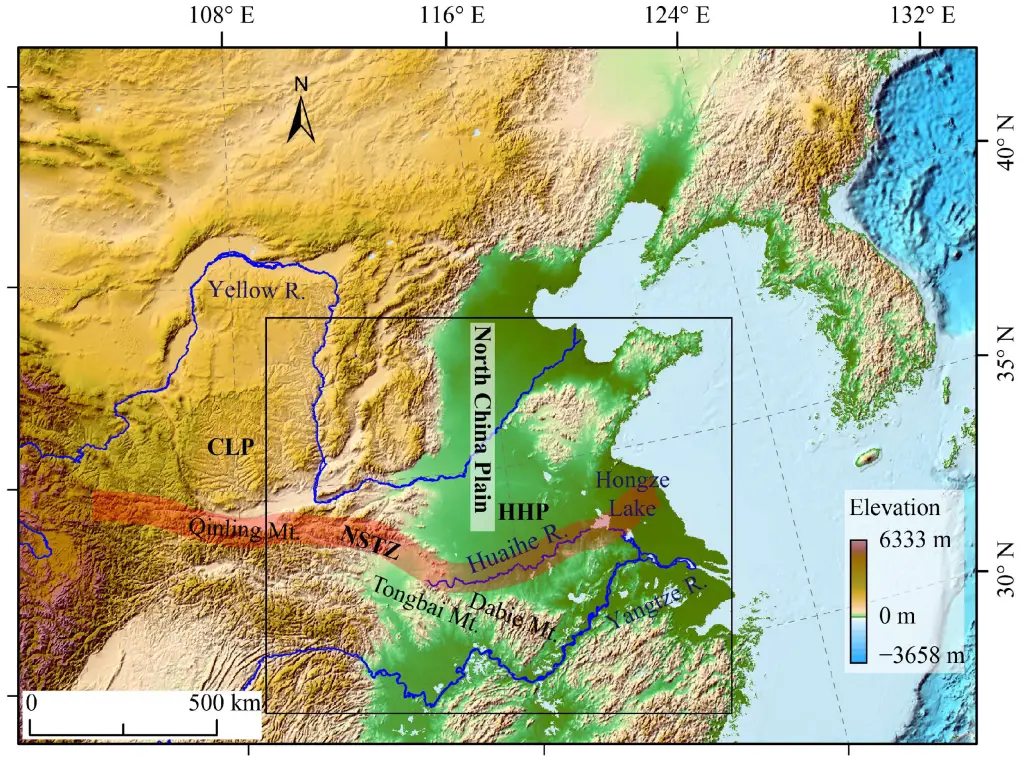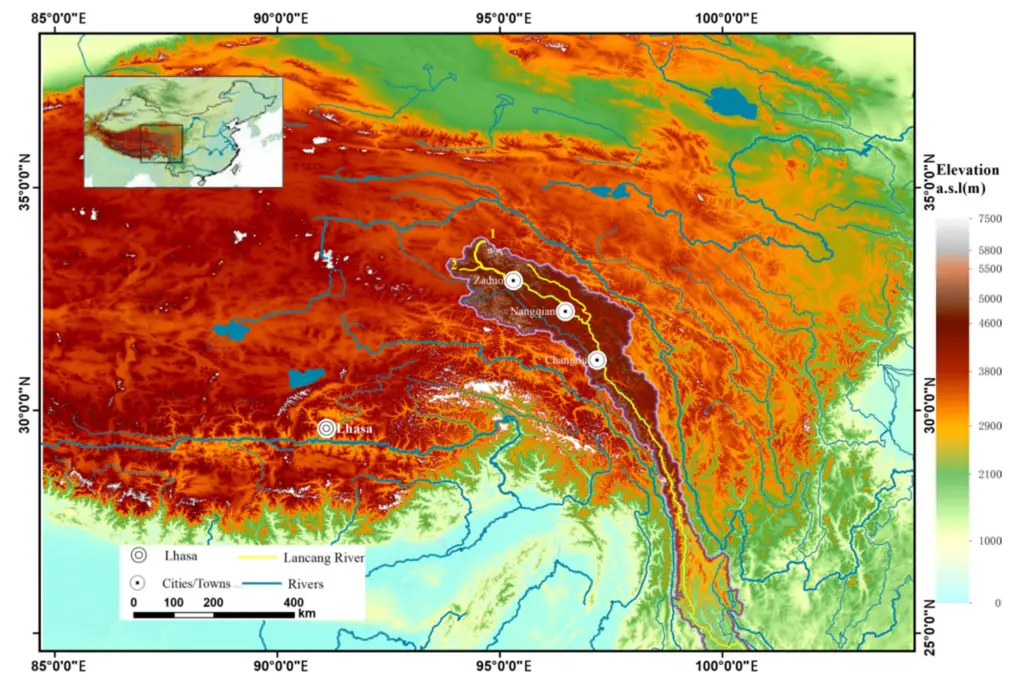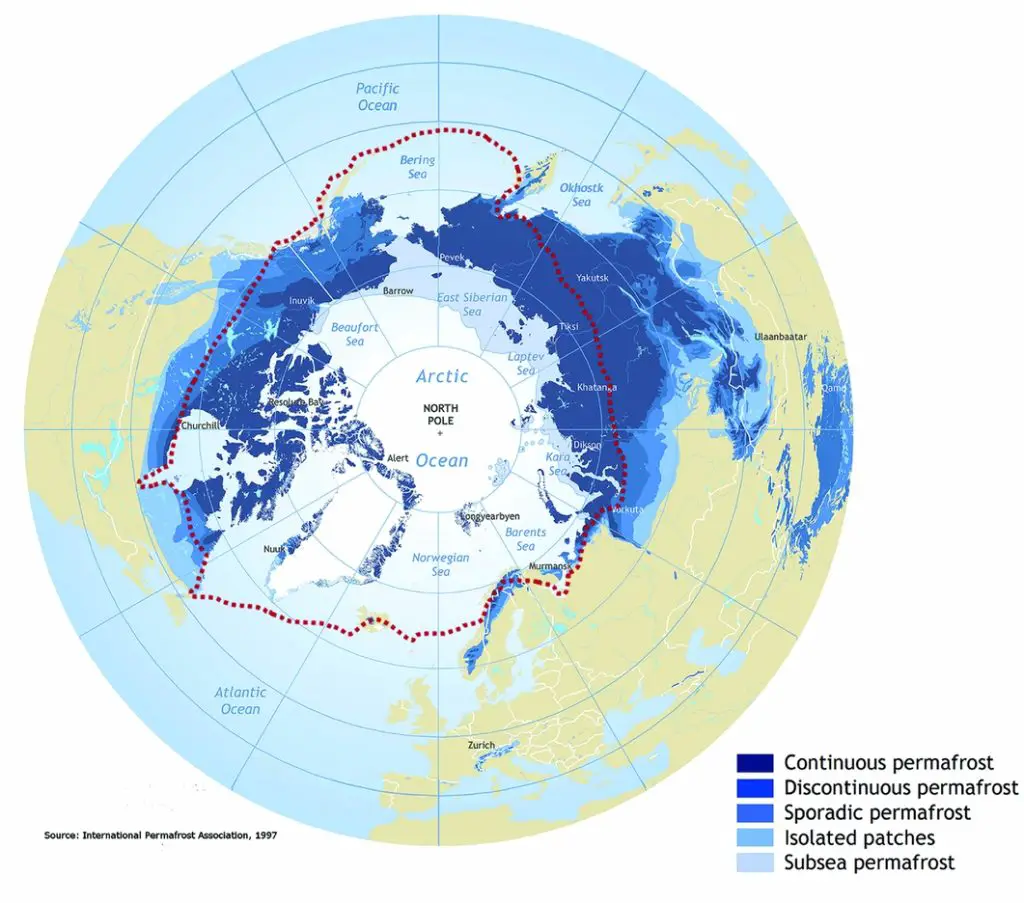Nestled in the heart of Arizona, Prescott has a rich history that is deeply intertwined with its environmental consciousness. The lessons learned from its past have not only shaped its culture but have guided its approach to contemporary global challenges, most notably climate change.

This article unravels how Prescott’s history has shaped its response to climate change, providing a comprehensive view of its journey from indigenous wisdom to modern scientific strategies.
Prescott’s Geographic Features
Prescott’s geographic location has played a defining role in its response to climate change. Surrounded by mountains and forests, the city’s unique landscape has always shaped human interaction with the environment.
The city’s historical vulnerabilities to weather phenomena, including wildfires and drought, have necessitated adaptive measures. Studies of past weather patterns provide insights into how the city’s climate has changed and prompted proactive measures to protect its residents.
The ecological impact of Prescott’s geography goes beyond mere aesthetics. The region’s biodiversity has been a critical component of local environmental policy, influencing everything from conservation strategies to urban planning.
Indigenous Influence on Environmental Consciousness
Long before the settlers arrived, Native American tribes inhabited the region that is now Prescott. Their deep respect for the land has significantly shaped Prescott’s environmental consciousness.
The indigenous people’s cultural perspectives on land and environment emphasize harmony with nature. Various tribes, including the Yavapai, developed practices that fostered a sustainable relationship with the earth. Their traditions still influence modern ecological thinking.
Colonial and Early Settlement Era
Prescott’s early settlement era was marked by rapid agricultural development. As settlers moved into the region, new farming techniques were introduced, both enhancing food production and impacting natural resources.
The water resources, in particular, were subjected to significant strain. The diversion of rivers and overuse of groundwater contributed to issues that are still being addressed in contemporary water conservation efforts.
The settlers’ initial responses to climate challenges were reactive rather than proactive. The lessons learned from failures and successes during this era helped in forming a foundational understanding of the region’s unique climate characteristics.
Industrial Revolution and Environmental Impact
The onset of the Industrial Revolution in Prescott brought about economic growth, attracting businesses and fostering urban development. However, this growth was not without its drawbacks.
Environmental pollution, deforestation, and depletion of natural resources became significant concerns. The once-clear rivers were tainted, and once-lush forests were cut down, leading to a loss of biodiversity.
During this time, social awareness began to grow, giving birth to early environmental movements. These movements were instrumental in shaping public opinion and policy, with a focus on conservation and responsible resource management.
The 20th Century: Environmental Policy Formation
The 20th century marked a turning point in Prescott’s environmental policy. Legislative efforts began to take shape, with laws and regulations designed to protect natural resources.
Community engagement also grew, with organizations like the Prescott Creeks Preservation Association working to restore and protect the city’s waterways. Collaborations between governmental bodies, communities, and educational institutions led to comprehensive environmental policies.

The formation of environmental organizations in Prescott ushered in a new era of community engagement. Grassroots efforts played a key role in influencing government policy, leading to the implementation of more environmentally friendly practices.
Modern Climate Change: Understanding and Adaptation
Modern scientific research in Prescott has provided a better understanding of the implications of climate change. This research, including insights from the Global Change Research Program, has been crucial in formulating actionable plans.
Government and community responses have been geared towards reducing emissions, increasing energy efficiency, and embracing renewable energy sources. Local organizations are actively engaged in educating the community about climate change and the necessary measures to mitigate its effects.
Climate action plans in Prescott are being continually updated, ensuring alignment with global standards and regional needs. The focus is on fostering a resilient community capable of adapting to the rapidly changing climate landscape.
Technology’s Role in Climate Change Response
Technology has become a central pillar in Prescott’s climate change response. From renewable energy sources like solar and wind to innovative water conservation measures, technological advancements have made sustainable living achievable.
Innovative agricultural techniques, such as precision farming, are being employed to reduce water usage and increase crop yields. These technological advancements are not just beneficial for the environment but also contribute to the local economy.
Social Impact and Community Engagement
Social impact in Prescott goes hand in hand with community engagement in the fight against climate change. Education and awareness programs, conducted by schools, universities, and local organizations, have become an integral part of the city’s approach.
Volunteers play a significant role, participating in community actions ranging from tree planting to waste reduction. These grassroots efforts foster a sense of shared responsibility, making environmental conservation a community-wide endeavor.

Collaborations and partnerships with neighboring regions and international organizations have also been instrumental in enhancing Prescott’s climate change strategies. Such collaborative efforts help in exchanging best practices and forging a united front against global climate challenges.
Challenges and Future Prospects
Prescott’s climate change strategies have not been without their challenges. Obstacles in implementing certain measures, conflicting interests, and financial constraints have been some of the hurdles faced.
However, the city’s future plans are promising, focusing on enhancing sustainability and resilience. Strategies are being aligned with global climate goals, and collaborations are being sought to share knowledge and resources.
Global connections and collaboration continue to shape Prescott’s future response to climate change. By leveraging the lessons learned from its history and tapping into global expertise, the city is poised to become a beacon of environmental stewardship.
Frequently Asked Questions:
In this section, we will be delving into some of the most common inquiries and curiosities that surround our topic.
What was Prescott’s initial response to climate challenges?
Prescott’s initial response was mostly reactive, with solutions developed as challenges arose. Lessons learned from these experiences later shaped more proactive strategies.
How has Prescott’s history shaped its climate change policies?
Prescott’s history, from indigenous wisdom to industrial growth, has provided insights and lessons that have guided its climate change policies.
What are the key measures taken by the community to address climate change?
Key measures include legislation, technological advancements, community engagement, and collaborations with various organizations.
What are the future plans to enhance sustainability in Prescott?
Future plans focus on increasing sustainability through renewable energy, water conservation, community involvement, and alignment with global climate goals.
Summary: How Prescott’s history has shaped its response to climate change
The story of Prescott’s response to climate change is a tapestry woven from diverse historical threads. From the lessons learned from indigenous practices to the adaptation of modern technological solutions, Prescott has crafted a comprehensive approach to environmental stewardship.
Its ongoing journey serves as an inspiring model for other communities striving to balance growth with sustainability. Whether through legislation, technological innovation, or grassroots community efforts, Prescott continues to forge a path that honors its history while embracing the future.
Its holistic approach to climate change offers hope and a blueprint for others to follow.



Leave a Comment
You must be logged in to post a comment.